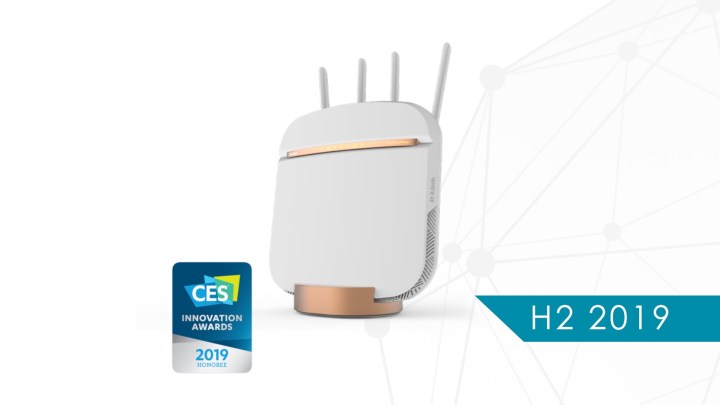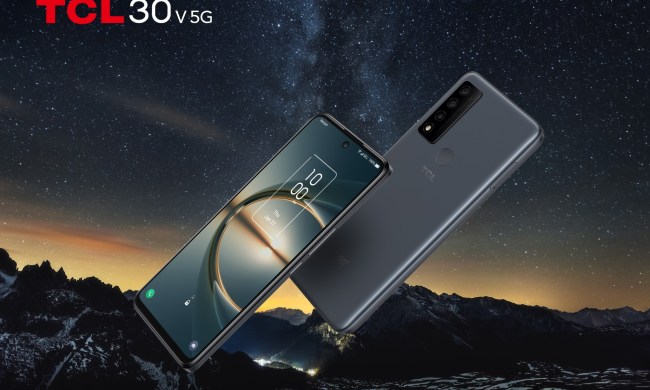
Ahead of CES 2019, D-Link announced a new home broadband router and modem that ditches the traditional connection to either a cable or DSL line in favor of 5G network access. The 5G-capable D-Link DWR-2010 5G NR Enhanced Gateway supports download speeds up to 3Gbps, which is up to 40 times faster than the average broadband speeds in U.S. homes. The average fixed-line broadband speed is around 70Mbps, the company claimed, citing a Forbes report.
In addition to faster speeds, D-Link’s new 5G router will also work with the company’s other Wi-Fi routers to create a mesh network. The D-Link DWR-2010 5G NR will also support voice over LTE, or VoLTE, capabilities. It comes with five Ethernet ports and support for four external antennas for LTE and 5G NR network access. Essentially, the D-Link 5G NR Enhanced Gateway is like a mobile hotspot for your house.
Pricing and availability were not released for the DWR-2010 at this time, but consumers will be able to pick one up sometime in the second half of the year through a local carrier. D-Link similarly did not announce which carrier partners it is working with, or whether the router will be sold as an unlocked model that will be compatible with a range of carriers. Wireless carrier Verizon, for example, has already begun its deployment of its Verizon 5G Home service in limited areas, while rival AT&T is mulling on a tiered pricing strategy for 5G wireless subscriptions.
“With expanded spectrum and new applications, 5G is going to bring more competition to the broadband market within the coming years,” Raman Bridwell, D-Link vice president of product and services, said in a statement. “This gateway will help more people access that network in more places with the same wireline experience we have today.”
While 5G is capable of delivering connectivity speeds faster than what is possible today on 4G LTE networks, the technology also promises lower latency connections and more bandwidth. This will make 5G a good fit for lag-free wireless gaming, autonomous vehicles, and smart cities when it launches. The technology can also help bring faster, more reliable internet access to rural areas where broadband may not be available.


